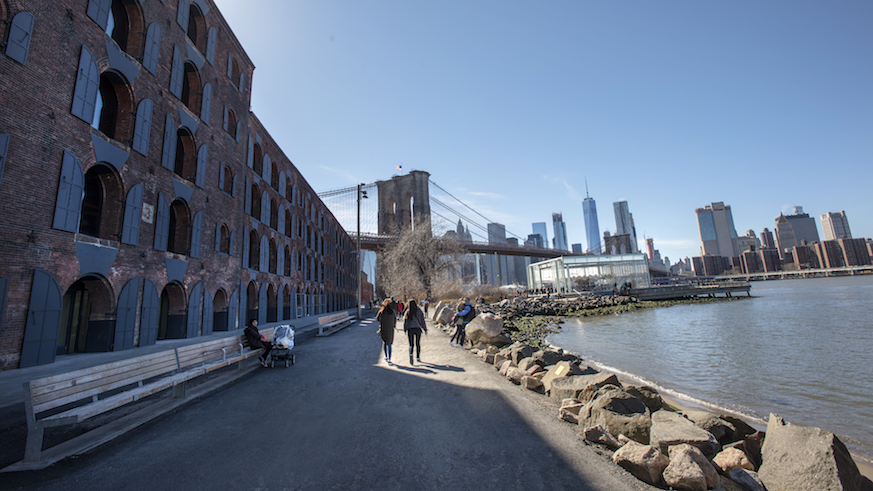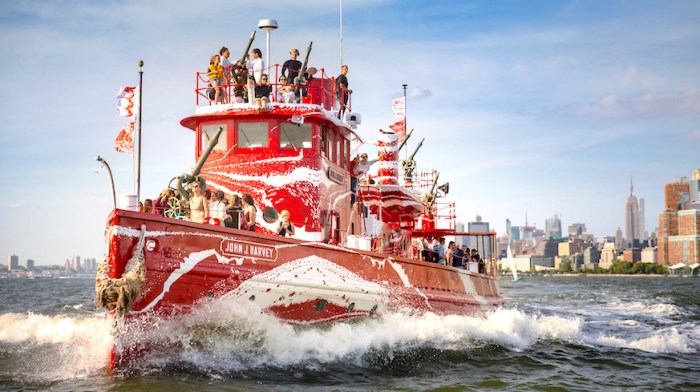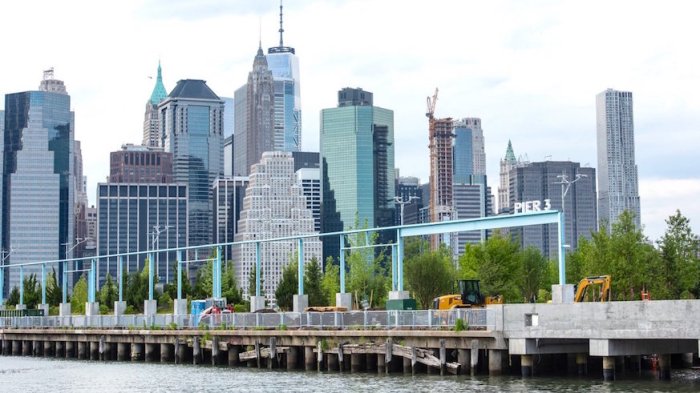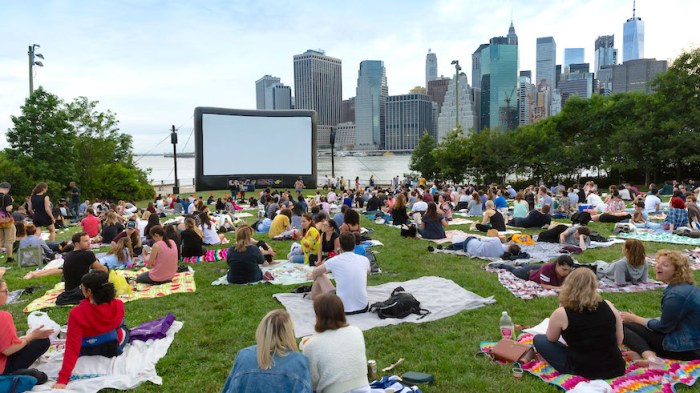Water, water everywhere — and there’s history in every drop. And the Brooklyn Historical Society thinks it’s about time New Yorkers reconnected with their aquatic ancestry at a new museum.
“For a city that’s basically a set of islands, New York has thought of itself as a very landlocked kind of place,” says BHS President Deborah Schwartz. “And that’s no longer true.”
The new space, Brooklyn Historical Society DUMBO, opens May 19 in the restored Empire Stores building on the banks of the East River, where the borough’s modern history began.
The former warehouse built in the 1800s is one of the last remaining vestiges of Brooklyn’s industrial past, when warehouses stood so thick along the shoreline from DUMBO to Red Hook that Brooklyn was known as The Walled City.
A careful restoration project preserved Empire Stores’ original stone shift walls and a giant wooden winch used to haul goods from the shore up through the windows, ensuring the building is as much a part of the museum as the exhibits within it.
“That economic and commercial story is an incredibly important part of how New York became what it is,” says Schwartz. “But we also are gonna take a look at all kinds of environmental issues and the changes in the waterfront, immigrant stories, everything up through Hurricane Sandy.”
While Brooklyn began humbly enough as Manhattan’s storehouse, it quickly grew and changed to forge its own identity shaped by the canals, lakes, rivers and ocean that surround and flow through it.
“There are so many different feelings and experiences that people associate with the waterfront,” says Schwartz, whether it’s drinking craft beer on Greenpoint’s Brooklyn Barge, the seaside carnival of Coney Island or the transformation of Brooklyn Bridge Park from a landfill into one of the city’s best loved public spaces. “So we’ve tried to represent all of those neighborhoods and different aspects of how people perceive the water in Brooklyn.”
The museum will start that conversation with an exhibit called “Shifting Perspectives,” a collection of artistic photographs ranging from the early 1900s to contemporary work by 25 photographers.
“It’s less about marching you through history and more about celebrating these disparate images of how people have interacted with the waterfront,” explains Schwartz. “It’s really going to give people a sense of how the waterfront has transformed as it’s been reinvented over and over again.”
The first historical exhibit will arrive in December, looking at issues from labor and commerce to immigrant experiences on the waterfront, the vital importance of oysters and all the way back to the glaciers that carved out the East River.
Now that more of New York’s shorelines are open for recreation, whether through kayaking, waterfront restaurants, swimming or commuting, it’s time to remember how essential it’s always been to life in the city.
“I certainly hope people use this opportunity both for enjoying the experiences now available to them and also reflecting on how mightily the waterways of Brooklyn have an impact on who we are as a people.”
Brooklyn Historical Society DUMBO is now open at 55 Water St., Brooklyn Bridge Park. Hours are Mon-Fri., 12-6 p.m., Sat-Sun, 10 a.m.-7 p.m., Summer Fridays (June 30-Sept. 1), 12-9 p.m. Admission is $10.



















